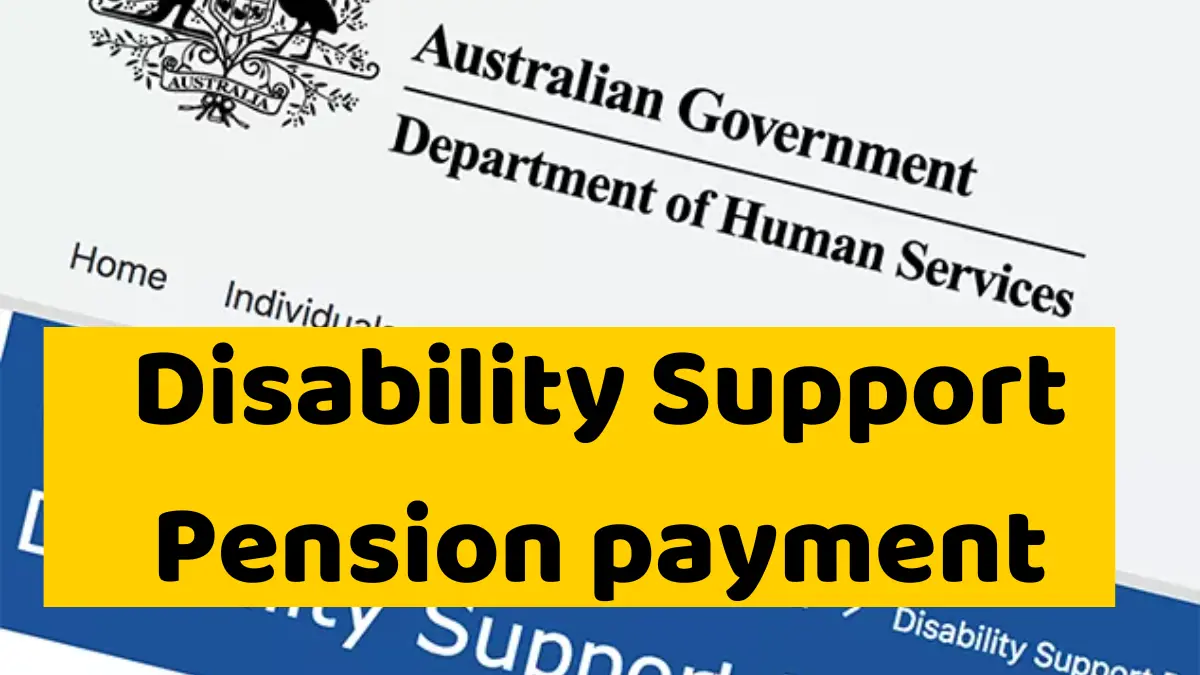Australia’s social security system, managed by Services Australia, strives to assist individuals who are unable to support themselves fully. This assistance comes in the form of targeted payments and support. When these payments are regular and aimed at covering daily living expenses, they are termed income support payments. The specific payment type often reflects the individual’s life circumstances at the time of receipt.
This section focuses on the primary income support payment designed for individuals with a reduced capacity to work due to a disability – the Disability Support Pension (DSP).
According to the latest data from the Australian Bureau of Statistics Survey of Disability, Ageing and Carers in 2018, approximately 4.0 million people aged 15 and over (20% of the population in that age group) in Australia had a disability. Among the 427,600 individuals aged 15–64 with severe or profound disabilities (requiring assistance with daily activities), 69% of those with an income relied on a government pension or allowance as their primary source of income in 2018 (AIHW 2020).
DSP Payment rates
If you’re 21 or older
The highest payment rates for pensions are determined based on your age and family situation. If you’re 21 or older, whether you have children or not, or if you’re under 21 with a child in your care, the fortnightly pension rates are as follows:
Single:
- Maximum basic rate: $1002.50
- Maximum Pension Supplement: $80.10
- Energy Supplement: $14.10
- Total: $1,096.70
Couple (each):
- Maximum basic rate: $755.70
- Maximum Pension Supplement: $60.40
- Energy Supplement: $10.60
- Total: $826.70
Couple combined:
- Maximum basic rate: $1,511.40
- Maximum Pension Supplement: $120.80
- Energy Supplement: $21.20
- Total: $1,653.40
Couple each, separated due to ill health:
- Maximum basic rate: $1002.50
- Maximum Pension Supplement: $80.10
- Energy Supplement: $14.10
- Total: $1,096.70
If you’re younger than 21
If you’re under 21 and don’t have any dependent children in your care, the Disability Support Pension (DSP) rates vary. The amount you receive depends on whether we consider you as dependent or independent, a determination made through questions about your situation during the claims process. Providing proof of your living situation, relationship status, or work status may be necessary during the claim, and it’s important to notify us if your circumstances change.
Regardless of being dependent or independent, your parents’ or guardians’ income doesn’t impact the amount of payment you can receive.
These rates, which include the Youth Disability Supplement but exclude the Pharmaceutical Allowance and Energy Supplement, are as follows:
- – Single, younger than 18, and dependent: $548.80 per fortnight
- – Single, younger than 18, and independent: $792.50 per fortnight
- – Single, 18 to 20, and dependent: $608.70 per fortnight
- – Single, 18 to 20, and independent: $792.50 per fortnight
- – A couple, both younger than 21: $792.50 per fortnight
How many people receive Disability Support Pension?
As of March 31, 2023, Disability Support Pension (DSP) was received by 769,300 individuals, constituting 3.7% of the population aged 16 and over. The majority of DSP recipients were in the age range of 16–64, accounting for 84% or 664,600 individuals, representing 3.9% of the population in that age group.
In addition to those receiving DSP, there were 345,000 individuals aged 16 and over receiving other income support payments. These individuals, due to an impairment, had a work capacity of fewer than 30 hours per week as of March 31, 2023. This group faces reduced mutual obligation requirements compared to other payments, meaning fewer obligations to actively seek work or participate in activities aimed at future employment. This impact is particularly relevant for payments such as JobSeeker, Youth Allowance (other) payments (refer to Unemployment payments), and Parenting Payment Single.
